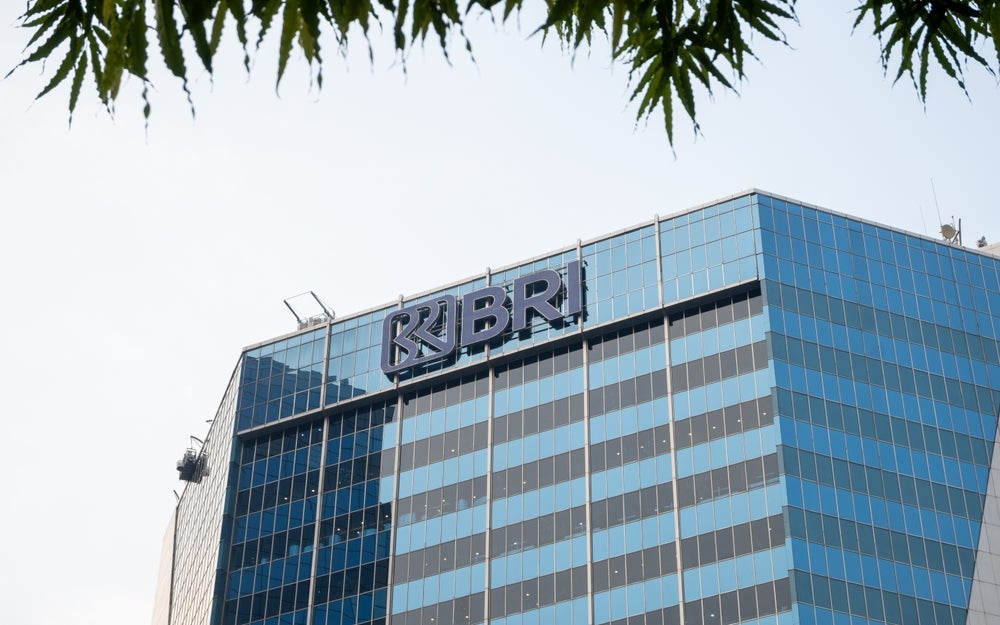The stage is set, argues Andrew Davies, for banks to eliminate the historical trade-off between security and optimising customer experience. There is huge scope for financial institutions to establish security as a key competitive differentiator
Consumer expectations for speed, ease and convenience are permeating every aspect of their lives, including how they manage their finances. At the same time, financial criminals are rapidly evolving their methods of attack. This creates a need to strike the right balance between providing a positive experience and keeping financial institution customers safe from criminal threat. A new landscape created by regulatory requirements, digital developments, and advancements in artificial intelligence and machine learning will set the stage for establishing this balance in 2018.
The digitisation of financial services
Over the last decade, digitising banking services has typically meant delivering traditional banking services through a digital channel – opening an account online or accessing a balance on a mobile device, for example.
As Open Banking standards come into effect, we will not only see an acceleration of the digitisation of financial services, but we’ll see totally new capabilities emerge. Driven by consumer expectations and powered by artificial intelligence and machine learning, digital financial services will become a seamless part of everyday life. When Alexa recommends a better credit card based on your spending habits it will be easy to connect to a customer service representative to apply. In the same way it will be just as easy to deny a fraudulent transaction when you receive a proactive alert.
Security will be a key differentiator for financial institutions
How well do you really know your competitors?
Access the most comprehensive Company Profiles on the market, powered by GlobalData. Save hours of research. Gain competitive edge.

Thank you!
Your download email will arrive shortly
Not ready to buy yet? Download a free sample
We are confident about the unique quality of our Company Profiles. However, we want you to make the most beneficial decision for your business, so we offer a free sample that you can download by submitting the below form
By GlobalDataMultiple factors are creating an environment in which security will emerge as a more significant differentiator among financial institutions in 2018.
In 2017 the SWIFT global payments innovation (gpi) standard was introduced, enhancing the speed, transparency and end-to-end tracking of cross-border payments. While both Open Banking and gpi initiatives help improve the overall customer experience by enabling more tailored services for customers and speeding payments, they can also increase the level of fraud risk. The Open Banking standards provide fintechs and third-party providers, which may not have bank-grade security in place, with new levels of access to consumer banking data. And faster transactions compress timeframes to detect and stop fraud from days or hours to minutes or even seconds.
Financial institutions that implement effective fraud solutions that can mitigate risk in real time for the customers they serve will have an opportunity to differentiate themselves from the competition in 2018. This will require educating customers and promoting security – and the related peace of mind – as an asset that financial institutions provide for customers.
Artificial intelligence and machine learning technologies will help fight financial crime
Risk is ever-growing, and so is the sophistication of financial crime detection technology. Through the use of machine learning, banks can identify patterns of behaviour from large data sources, which is vital for the prevention of financial crime. By analysing and monitoring a number of data sources, financial institutions can better understand consumer behaviour and work out what is normal vs. suspicious behaviour, improving fraud detection and reducing false-positive rates, which has a positive impact on the customer experience.
However, there is still room for improvement. The majority of data analysis today is done in silos or ‘black boxes’, so it is difficult for a financial institution to connect the dots and detect trends or patterns of fraud, or to get to a root analysis of a particular fraudulent transaction. Effective fraud detection and prevention requires connectivity and collaboration, and we’ll see more financial institutions moving in that direction in 2018.
In 2018, the regulatory and technology environment will come together in a way that positions financial institutions to stay one step ahead of financial criminals, whilst continuing to providing a positive customer experience. This will set the stage for financial institutions to eliminate the historical trade-off between security and experience and establish security as a differentiator in a competitive and rapidly changing market.
Andrew Davies is VP, Global Market Strategy, Financial Crime Risk Management at Fiserv








